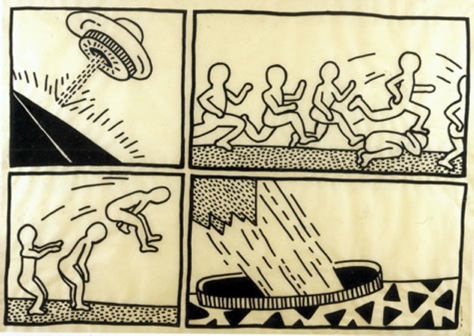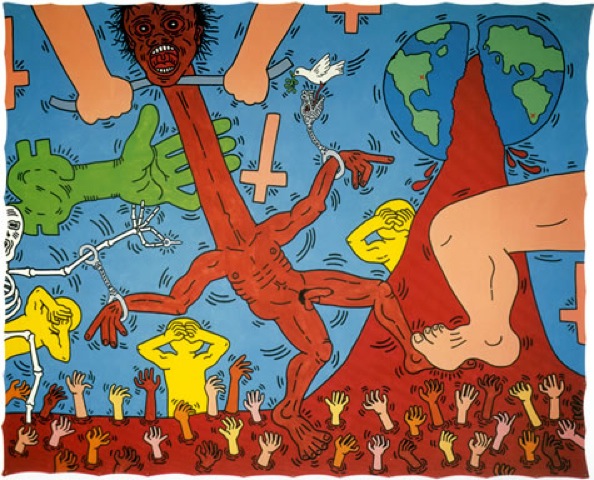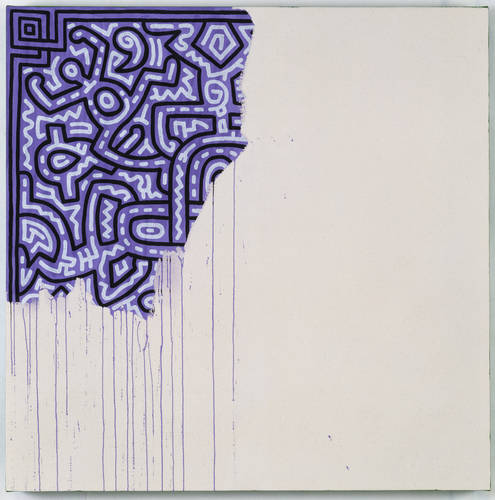David Lynch’s avant-garde aesthetic is true to his practice—be it film, painting, photography, design or music. His recent exhibition Small Stories at the Maison Européenne de la Photographie, Paris is comprised of photographs that indulge an instinctual exploration into our subconscious, free from worldly conditioning and typical of Lynch’s preoccupation with the human psyche. Lynch presents unassuming scenes that are strangely abstracted, compelling the viewer to delve into the frame and compose a subjective purpose. Upon entry, the wall text explains the show’s intent: “Still images can contain stories. Small stories take place during a very short period of time. However, the mind and emotions can become engaged by looking at a still image, and small stories can grow into huge stories. It depends, of course, on the viewer.”


The artist is present in each photograph—in fetishistic objects, claymation-like forms, phantomastical compositions, recurring motifs of seeds with the potentiality of life, enlarged and often deconstructed heads overfilled with scattered thoughts. Of the forty some photographs produced especially for the show, there are series of heads (titled Head 1, 2, 3...), shop window displays (titled Window with plant/ flower/head, etc.) and room interiors (titled Interiors 1, 2, 3…). Besides these, there are other Lynchian dreamscapes inspired by personal memories: a photograph of seven lit candles on a dusky beach, William Boroughs standing with a sheep, and a boy with a rocking horse and toy plane.
Displayed in three rooms on the top floor of the museum, the images are in Lynch’s favored grainy black-and-white style, for he admittedly enjoys the luring depth of black[1], that colour would reveal all too starkly. Thematically, they remain much in the gray—murky, mysterious, and surreal, where forms overlap and morph, remaining quintessentially obscure. In an age where we are bombarded with images loaded with ideas intended to reveal a “truth,” Lynch’s photographs entice us to imagine beyond the limitations of known form. The exhibition reveals a dystopian world vision, but one that is possibly reflected in our own minds. The work appears to be eccentric, where there are neither rules of looking nor any specific underlying theme. Yet in doing so, Lynch successfully employs dreams to question the nature of our reality.
Small Stories is on view at the Maison Européenne de la Photographie in Paris from 15 January- 16 March 2014.
[1] Paul Young. "Talking Art: Wild at Art." in: Buzz Inc. 1993. (English)







